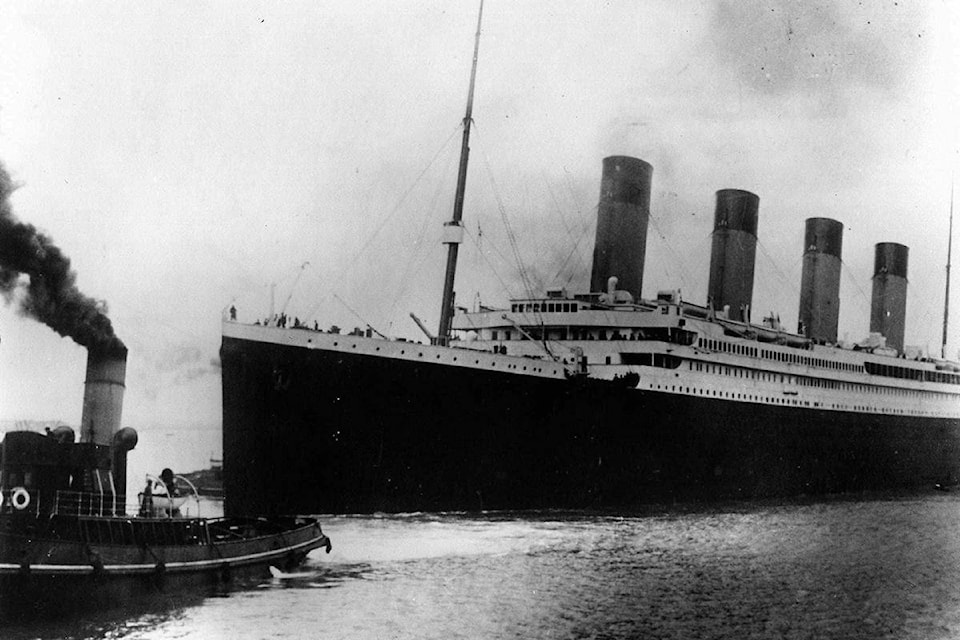HALIFAX — More than a century after the Titanic was swallowed by frigid waters, Nova Scotians gathered in Halifax to remember the lives lost during the ship’s fateful maiden voyage.
Some 1,500 passengers and crew members died on April 15, 1912, when the so-called “unsinkable ship” struck an iceberg and went down in the North Atlantic, south of the Grand Banks of Newfoundland.
One hundred fifty of those victims were laid to rest in Halifax.
Deanna Ryan-Meister, president of the Titanic Society of Atlantic Canada, said in an interview Saturday that she’s not surprised the disaster is still holding people’s attention after more than a century.
“It’s the human element: the nature of the people on board. There were a lot of people of note on board that people knew a lot about,” she said, adding that many of the passengers who died were flush with wealth and fame.
George Wright, a Halifax philanthropist and millionaire, was one of them.
He made his fortune by starting up an international business directory and was known in Halifax for developing housing for low-income families.
While his body was never found, a memorial stone in his honour lies in Christ Church Cemetery in Dartmouth, N.S.
Ryan-Meister said people are also fascinated by the construction and appearance of the Titanic, describing it as a “beautiful, beautiful ship.”
She said the vessel was owned by former British shipping company White Star Line, and three of the most significant tragedies to befall Halifax and its surrounding areas are linked to the company.
The first was in 1873, when at least 535 people died aboard the White Star Line-owned RMS Atlantic when it ran aground rocks Southwest of Halifax.
The second was during the Titanic disaster, when cable ships were dispatched from Halifax in the aftermath to pluck bodies from the water when it became that clear only those who made it into the lifeboats had survived.
Then, only five years later, around 2,000 people died in the blast from the Halifax Explosion.
The SS Imo, which collided in the Halifax Harbour with French munitions vessel SS Mont-Blanc, was originally built for White Star Line as a kettle ship by the name of SS Runic.
Ryan-Meister said the connection between these three tragedies is just one of many facts about history that Nova Scotians might not be aware of.
“One of our missions and objectives as a society is to educate the public and to gather stories,” she said. ”We’ve learned so many things. From crew members, to embalmers, and relatives, and the funeral crew … there’s so much.”
Halifax is home to the largest Titanic gravesite in the world, with 121 victims laid to rest in Fairview Lawn Cemetery. About 30 others are buried in two other cemeteries in the city. White Star Line paid for simple grey headstones, while more ornate markers were often paid for by the families of the deceased.
Ryan-Meister encouraged Nova Scotians to remember what happened and do some digging into history.
“It’s honouring and remembering those who started their voyage with hope: hopes of good fortune, hopes of a good life … and then the change to such a tragic, tragic thing,” she said.
“Whole communities were affected.”
Alex Cooke, The Canadian Press
